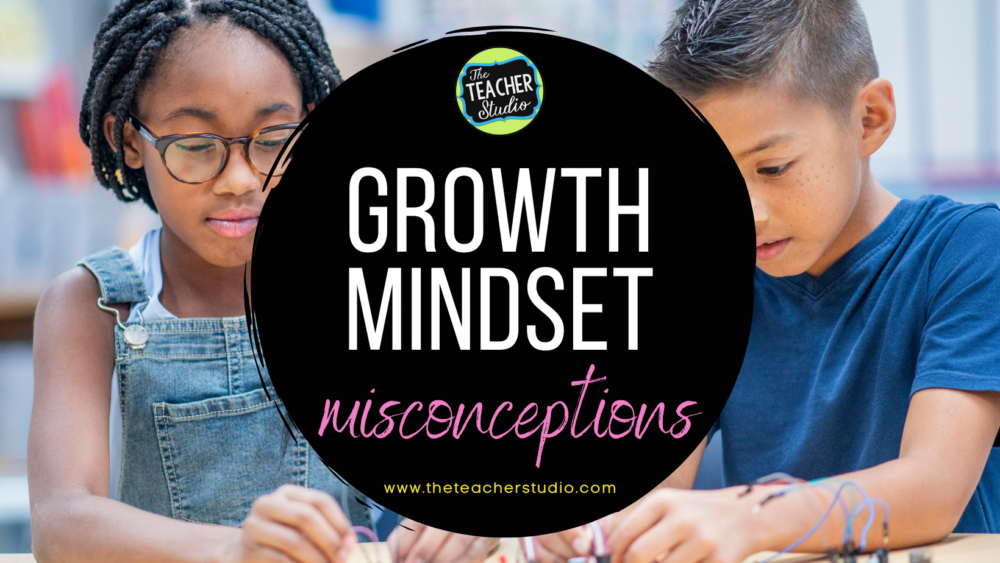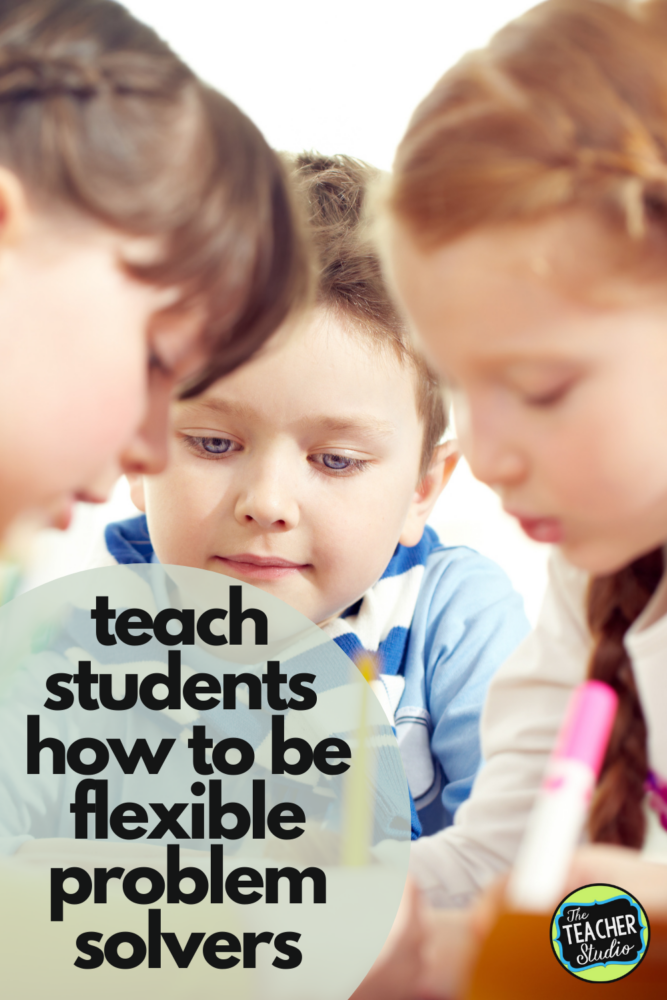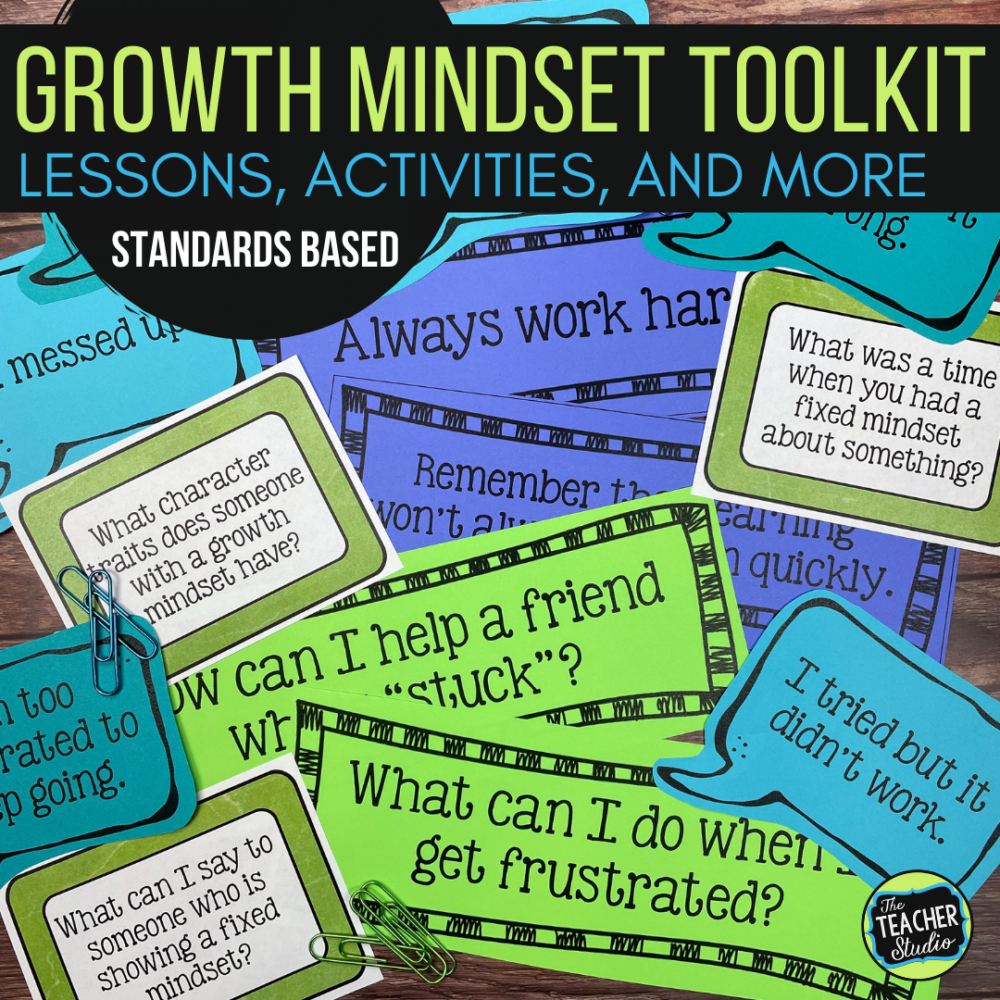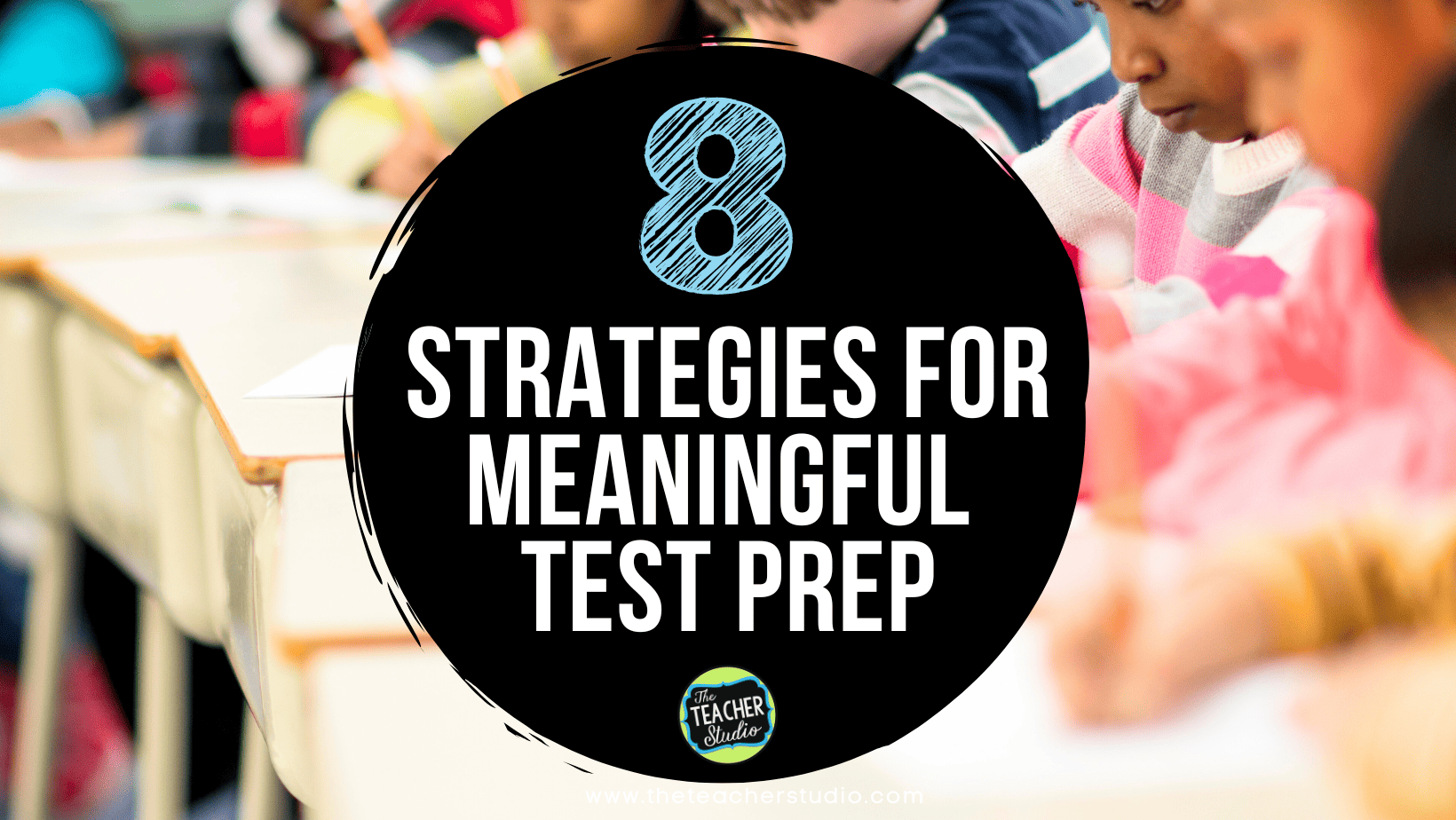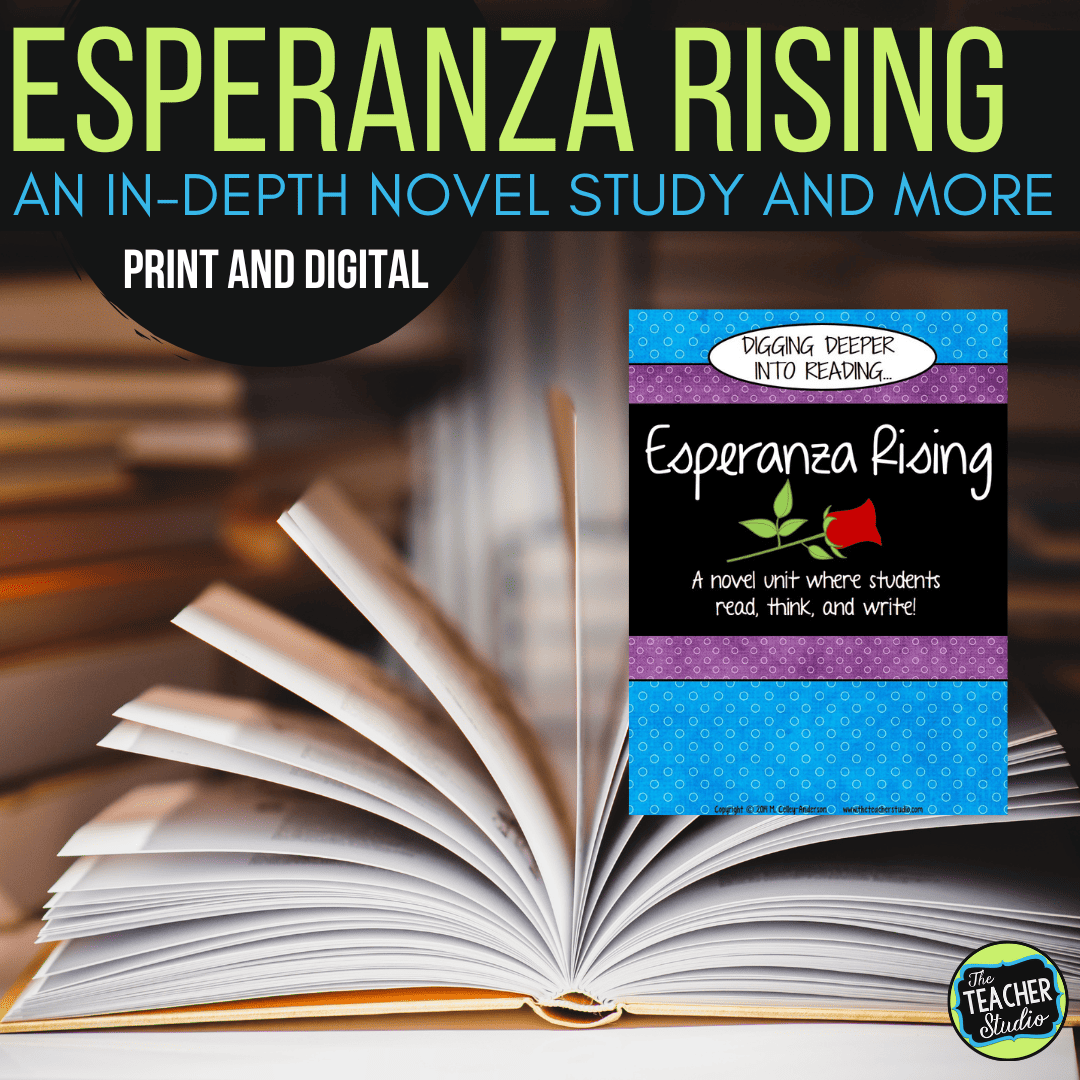We hear people in education and the world around us refer to teaching a “growth mindset” all the time. If you are unfamiliar with the work of Carol Dweck, I must insist that you check it out. It has such powerful implications for us as educators. That being said, we do have some growth mindset misconceptions that we need to tackle as we move forward.
Check out this post for some food for thought about some growth mindset misconceptions!
We need to remember each child’s journey
Not all students come to us with the same background, skills, and foundations. This is not news! What we may sometimes overlook is that students also have different understandings of what it means to “try” or “work hard”. Mindset is very much impacted by those around us. Some students have come to us hearing things like:
“You worked so hard!”
“It’s ok to make mistakes!”
“Just give it a try!”
For others, this is not a part of their experience and we need to acknowledge that. We may be asking them to think about effort in a totally new way–and we have to be patient with that. The more concrete examples we can provide them, the more they will be able to build their own foundation.
No different than reading or math–we have to remember to take each child along his/her own journey.
This kind of mindset work requires practice and coaching
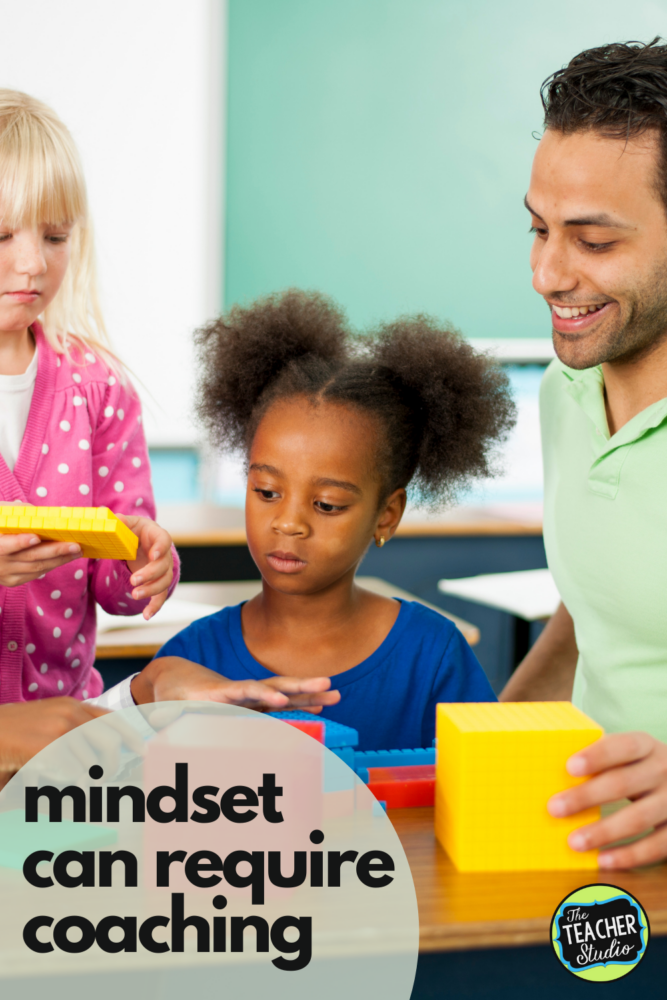 No different than any other type of skill, demonstrating a growth mindset is an ever-evolving behavior. It requires a great deal of practice and a great deal of coaching. Simply reading a book and hanging up posters will not improve a students’ mindset!
No different than any other type of skill, demonstrating a growth mindset is an ever-evolving behavior. It requires a great deal of practice and a great deal of coaching. Simply reading a book and hanging up posters will not improve a students’ mindset!
Instead, we need to be working on this all year long. Consider trying:
- Reading books with characters that demonstrate either fixed or growth mindsets and discuss.
- Seek out “real world” examples. Sports stars. Local heroes. Historical figures. Make mindset more tangible for students.
- Ask students to reflect on their own mindsets during challenging tasks. Give them the words to use to express themselves. Consider growth mindset checklists and other self-assessments to use to help them monitor their own work.
- Model your OWN successes, challenges, and thought processes. Help students realize this is an ongoing learning process!
Effort and hard work aren’t always enough
One of the growth mindset misconceptions I see is that we often tell students that hard work pays off. Indeed, sometimes it does! However, sometimes there are factors that get in the way of success–no matter how hard they try.
Sometimes students overgeneralize. “If I work hard, I’ll go to the NFL.” We all know that this isn’t necessarily true–there are countless people working hard for a limited number of spots on each team.
Sometimes we invest a lot of time and effort–but in the wrong way. A struggling reader who tries and tries to read Harry Potter may not have success. A student who doesn’t know their math facts and works on flashcards for 10 minutes every night may not master their facts.
Instead, we need students to be reflective and active learners. Read on…
We want students to be reflective and willing to shift course
One of the very best things we can teach our students is the idea that “If it isn’t workin’, let’s try something new!”
Understanding that flexibility can be the key to success is so important. This has two different components. First, we want students to realize that if what they are doing isn’t working–they should try something new. Secondly, what works for one person may NOT work for another. This is a key point that many students fail to understand.
This is one reason why I LOVE reading Fish in a Tree at the beginning of the year. It showcases how each of us has different strengths, different learning styles, and have different needs–and it’s all GOOD! CLICK HERE to read a blog post with more about why I love it so much!
Learning how to pivot is such a valuable life skill, and it should be a piece of how we teach growth mindset. Finding ways to celebrate this kind of action is worth its weight in gold–so be on the lookout!
Want to read more about growth mindset? CLICK HERE for another post!
Looking for help teaching about growth mindset with YOUR students? THIS GROWTH MINDSET TOOLKIT has lessons, posters, self-assessments, and so much more to help you help your students learn and grow in this area. See what you think!

